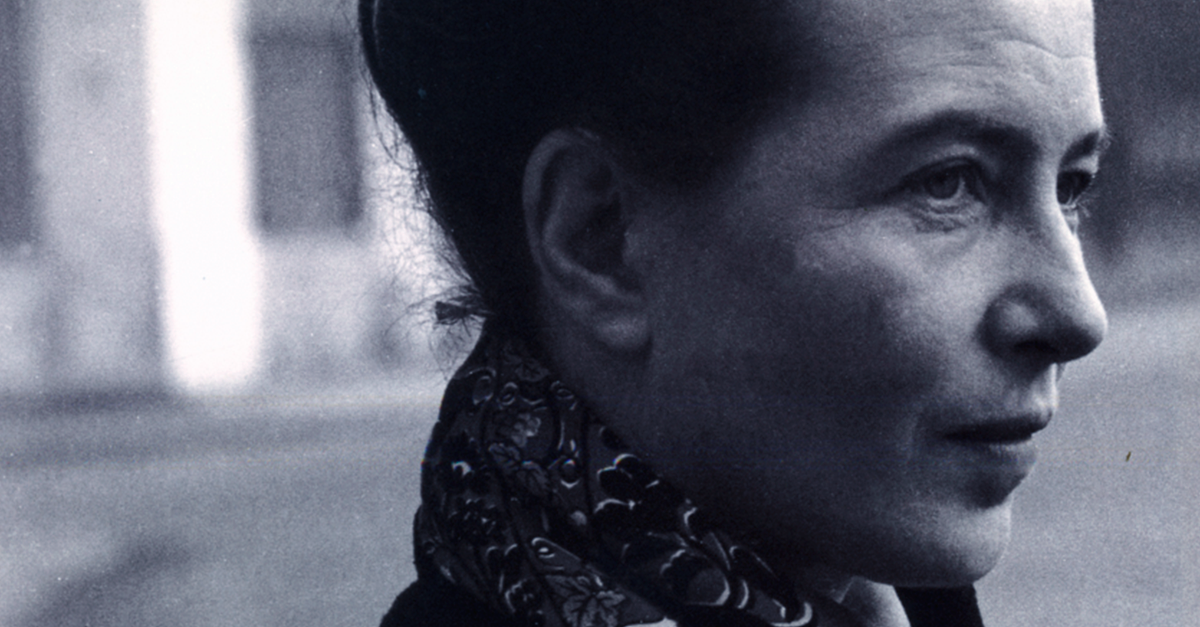Blog - Blogue

Equality vs. domination

By Iva Apostolova
Are men and women equal, or is one of the genders dominant? That’s the million dollar question, isn’t it?
Before one can answer any question pertaining to men and women, and the nature of their social interactions, one has to be clear what the terms refer to. If nothing else, feminism has taught us that gender is a socially constructed, and therefore, malleable, category. Today, we talk about at least three genders: male, female, and transgender.
But anatomically, there are set and obvious differences between men and women, right? Wrong. The recent media buzz surrounding the petition to strip Caitlyn Jenner, formerly known as Bruce Jenner, of her Olympic gold medal from 1976, has reminded us of something important. Anatomy is also a range. Part of the International Olympic Committee’s response to the petition was the fact that it has always been the case that there are athletes whose genetic makeup puts them somewhere in between what is otherwise perceived to be anatomically ‘male’ and ‘female’.
Simone de Beauvoir in her now classic 1949 text The Second Sex, cautioned strongly against the slip from the parochial and perfunctory ‘equal but different’ into the American segregation rhetoric of ‘equal but separate’ when analyzing man-woman relationship.
Let’s also not forget that ‘equality’ has strong legal and political connotations and should be carefully examined before used as liberally as we tend to.
So, instead of getting bogged down in terminological conundrum, could we, perhaps, think of equality in terms of co-operation among individuals who have to live together?
What would a blog on gender equality be without a nod to a recent study of sorts?
And there it is…
The idea of gender-co-operation in the hunter-gatherer stage of development of homo sapiens, a stage which lasted for over 12 000 years, has captured the attention of anthropologists for some time now. Recent studies from London University College, combining observation of Pygmy tribes in Africa and Asia, together with computer analysis of the hypothesis, suggest that the family and community ties were, and still appear to be, far stronger and more stable in tribes where both partners had a say in the choice of a place to live. In this case, the tribe would surround itself with relatives from both partners’ sides, which, in turn, would build stronger bonds and contribute for a more harmonious existence, as opposed to tribes where one of the genders dominated. This would not only diversify the genetic pool, but also allow for the exchange of new ideas.
Anthropology doesn’t have the last word, of course, but think about it: wouldn’t it make more sense that variety and diversity (fostered in a co-operative as opposed to confrontational and domineering environment) would eventually lead to progress?
